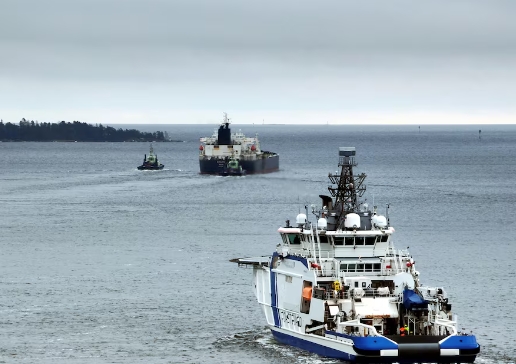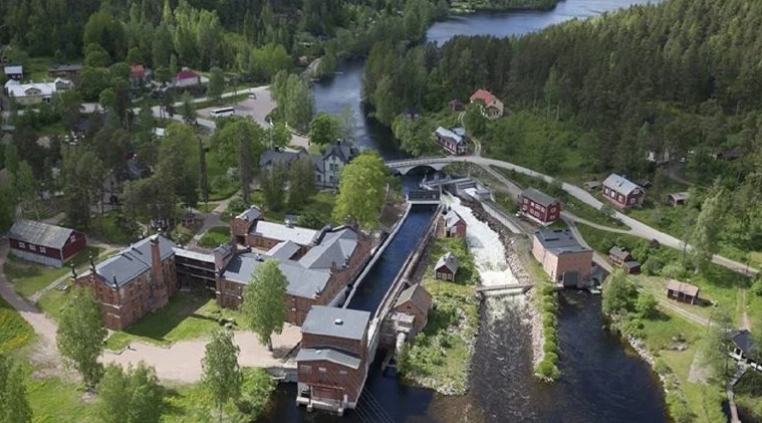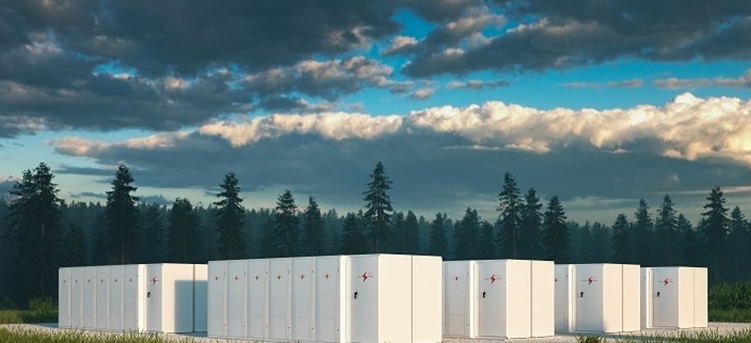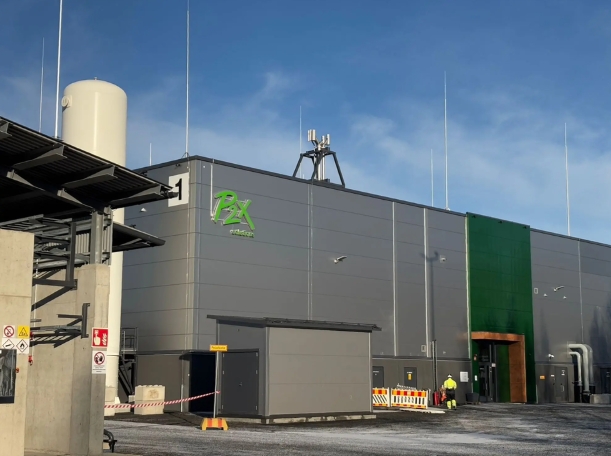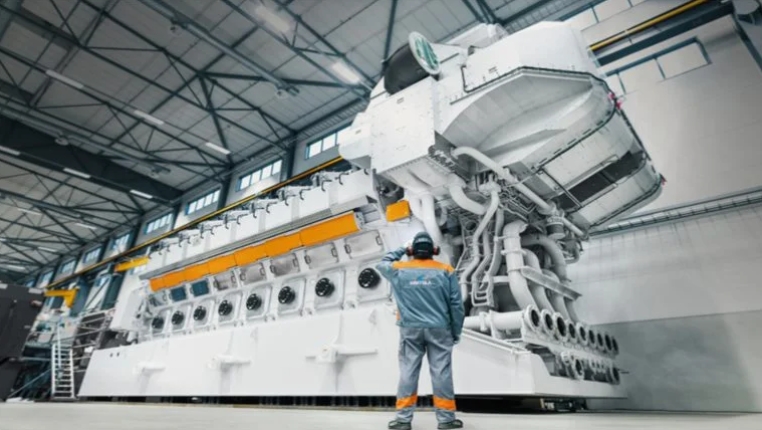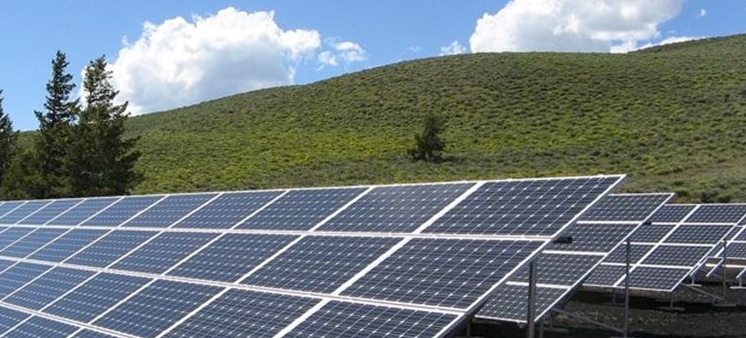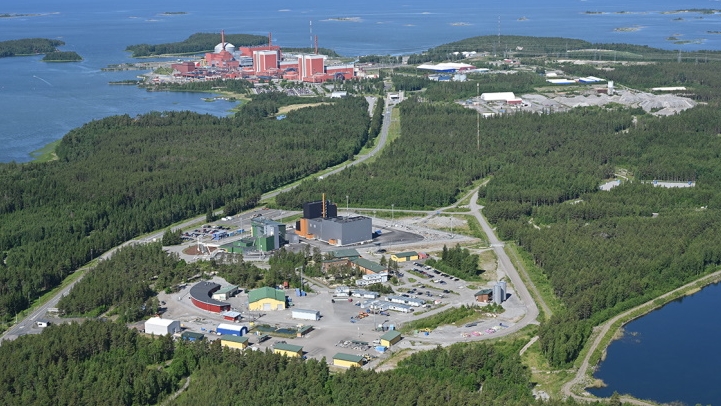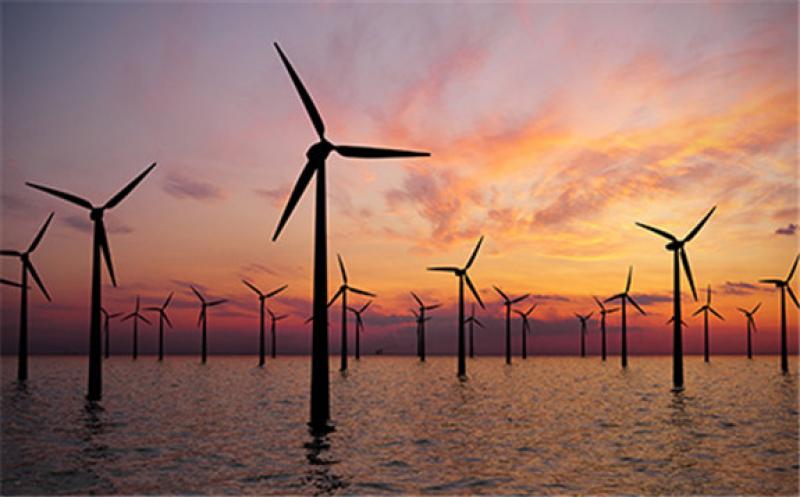
Full year 2021 data points for the offshore renewables sector have been released by Clarksons Research, profiling further record capacity growth for offshore wind as it continues to play a vital role in global energy transition. Reviewing the data, Steve Gordon, Managing Director of Clarksons Research, commented:
“2021 was another record-breaking year for the offshore wind industry, with record start-ups (84 farms, 18.5 GW, 3400 turbines) increasing global active capacity by 58% to an all-time high of 50.5 GW.
“This takes offshore wind to approximately 0.3% of total global energy supply: [Clarksons Research’s] energy transition modelling suggests this could reach 6 - 9% by 2050 and generate 4870 - 5990 TWh of power.
“China led the way for new capacity additions and overtook the UK as the largest offshore wind market, with 16 GW coming online, mostly in the final two months of the year, ahead of the expiry of a government subsidy deadline at the end of the year. New capacity additions were more modest in Europe, as 1.8 GW was fully commissioned, with 17 GW currently under development in the region.
“Offshore wind project CAPEX commitments reached US$44.6 billion in 2021 (the second highest total on record), with a number of significant projects reaching FID, including the first utility scale offshore wind project in the US (Vineyard Wind, 806 MW). In Europe alone, US$18.7 billion of project CAPEX was committed to offshore wind projects (compared to the US$10.3 billion committed to offshore oil and gas projects).
“The wind vessel market continued to evolve, reaching nearly 1100 vessels by year end. Global WTIV utilisation averaged 83% in the year (up 6 pp y/y), while exceptional demand for vessels off China consistently kept utilisation over 90% in 2H21. Rates responded, with the average dayrate assessment for third generation WTIVs in Europe up 18% across the year besides increases in the C/SOV market also. Dayrates reportedly quadrupled off Guangdong in China in the middle of the year.
“Record new-build investment developed during 2021, with over US$4 billion of orders placed and increasing focus on alternative fuels and energy saving technologies (ESTs). This included over 17 (plus 9 options) WTIV new-build contracts placed (totalling approximately US$2.5 billion), the highest yearly total on record, 15 C/SOVs were ordered (totalling approximately US$0.8 billion), also the highest number on record and 39 CTV contracts placed.
“Both OEMs and wind farm developers came under pressure from rising material costs in 2021. Chinese steel prices averaged US$827/t in the year (up 47% y/y), while annual average copper prices increased by 51% to US$9317/t. Lower than average wind speeds in much of Europe also limited power output from offshore wind farms, reducing the volumes that operators could sell into the market. Offshore wind farms in Germany generated 23.5 TWh of power in 2021, compared to 26.9 TWh in 2020.
“Power prices in Europe surged in 2021, due to a tightness of gas supplies and lower average wind speeds. Day ahead electricity prices averaged €97.75/MWh in Germany in 2021 (more than triple their level in 2020) and €103.55/MWh in the Netherlands (up 236% y/y).
“In 2022, [Clarksons Research] is projecting a healthy 9.5 GW of offshore wind capacity will come online (involving 1400 turbines), bringing the fully commissioned global total to 60.0 GW. Offshore wind CAPEX commitments are expected to total some US$55 billion, just below the record of US$56 billion in 2020.
“[Clarksons Research’s] longer-term projections suggest that the global offshore wind sector may reach 712 farms involving over 29 000 turbines and 235 GW by 2030 (current capacity: 250 farms, 10 800 turbines, 50.5 GW).”
